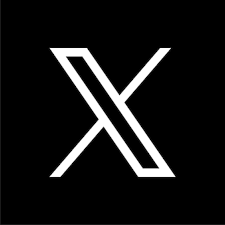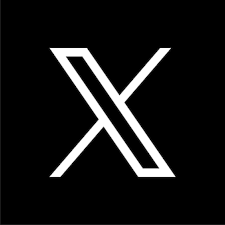The most important blood group system is the ABO system. ABO antigens are carbohydrates. There are three alleles at the ABO locus on the long arm of chromosome 9: A, B and O. The A gene results in the expression of A antigen on the red cells and the B gene results in the expression of B antigen. The O gene does not produce a detectable blood group antigen.
The A gene codes for production of a galactosaminyl transferase that adds N-acetylgalactosamine to a precursor carbohydrate chain bearing H antigen. The B gene codes for production of a galactosyl transferase that adds D-galactose to the same H-bearing chain. The O gene is similar to A except for a single base deletion which shifts the reading frame. As a result, the O gene does not make a functional transferase and Group O cells express only H antigen.
The H antigen is produced by a fucosyl transferase coded for by the H gene on Chromosome 19. Individuals who inherit two h genes (h being a rare amorphic allele of H) cannot add A, B or H immunodominant sugars to the precursor chain and appear group O. This rare phenotype is known as the Bombay or Oh phenotype. Individuals with the Bombay phenotype can make potent antibodies to A, B and H and are compatible only with red cells from other Bombay individuals.
The following table summarizes the antigens and antibodies of the ABO blood group system.
|
Group |
RBC Antigen |
Genotypes |
Plasma Antibodies |
|
O |
- |
O/O |
Anti-A & -B |
|
A |
A |
A/O, A/A |
Anti-B |
|
B |
B |
B/O, B/B |
Anti-A |
|
AB |
A, B |
A/B |
- |
As seen in the table, phenotype A can be produced by genotype AA or AO. Group A can be further subdivided into A1 and A2.
The following table shows that the frequency of ABO blood groups differs in various ethnic populations in the United States. For example, African Americans are more likely to have group B phenotype compared to Caucasians.
|
ABO Group |
Caucasian American |
African American |
Asian American |
Native American |
|
O |
45 |
49 |
40 |
79 |
|
A |
40 |
27 |
28 |
16 |
|
B |
11 |
20 |
27 |
4 |
|
AB |
4 |
4 |
5 |
<1 |
Individuals who lack the A antigen on their red cells have anti-A in their plasma and those who lack the B antigen have anti-B. These are primarily IgM antibodies and are termed naturally occurring or expected antibodies because they develop in all individuals even in the absence of a known antigenic stimulus. In contrast, most other red cell antibodies are IgG antibodies and develop as a result of an immune response following transfusion or pregnancy. They are termed immune or unexpected antibodies.
One must not transfuse red cells that contain A and/or B antigen to an individual with the corresponding antibody since these antibodies cause hemolysis. Transfusing incompatible plasma (e.g. group O plasma to a group A individual) is also generally avoided but is not as critical because incompatible plasma is quickly diluted with the much larger plasma volume of the recipient. However, hemolysis can occur with transfusion of large volumes of plasma or transfusion of plasma with exceptionally potent antibodies.
The ABO blood group continues to be the most important blood group in transfusion and transplantation due to immunogencity. ABO grouping requires licensed reagents and can be performed using tubes, column-agglutination technology, or in microtiter plates used in solid phase red cell adherence tests. Required reagents include anti-A and anti-B for detecting the antigens on the red blood cells and A1 and B cells for confirming the naturally occurring antibodies in the plasma. All ABO discrepancies must be resolved in order to transfuse appropriately. If an ABO discrepancy cannot be resolved prior to the need for transfusion, group O red blood cells should be selected. Refer to the table below outlining ABO antigens and the corresponding plasma antibodies.




 How to resolve AdBlock issue?
How to resolve AdBlock issue?